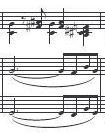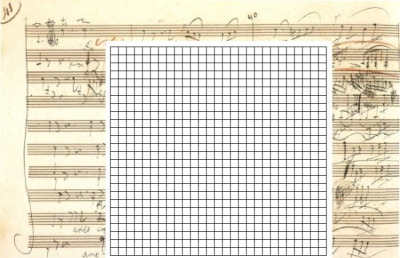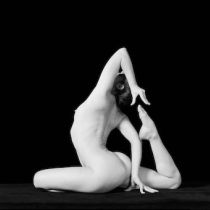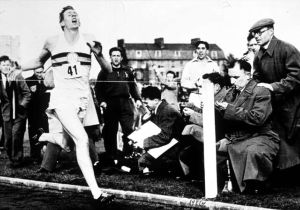In playing piano duets or two-piano music, just being together is particularly challenging. The beginning of the sound of a note played on the piano is definite and sudden. What might pass for good ensemble playing in the performance of a piece for violin and piano (with the violin's characteristically less-instantaneous note-beginnings), will be unsatisfying in 2-piano playing. Pianists playing together become note-arrival authorities. As I was … [Read more...]
Off the grid
By the later 20th Century, the performance of classical music -- for orchestra, also chamber music, and solos -- was dominated by pervasive strong regular beat. Emphasis on beat-regularity is the outcome or reflection of several musical and societal changes, among these mass production, the standardization of time keeping (time zones), the metronome, sound recording, the ascent of conducting, more emphasis on "full" scores, the practice of … [Read more...]
Triangle
I perform a piece with Butoh artist Maureen Fleming in which I play Philip Glass's Etude No. 5. The performance includes a video of Maureen moving, projected larger-than-life-size on a scrim. Behind the scrim, Maureen performs live. In front of the scrim, onstage, I sit at a piano and play the etude. Maureen made the video first. She started improvising movements and shooting video, with careful, subtle lighting. The movements are slow … [Read more...]
Piano Darwinism
Olivier Messiaen's Quartet for the End of Time has gotten easier to play. Fifteen years ago, I learned the piece and performed it, finding the music quite difficult. There were rhythmic complexities, and ensemble challenges. Especially in the first movement ("Liturgie de cristal"), andin the sixth movement ("Danse de la fureur, pour les sept trompettes"), it was difficult just to stay together with the other players. Around the world last … [Read more...]




